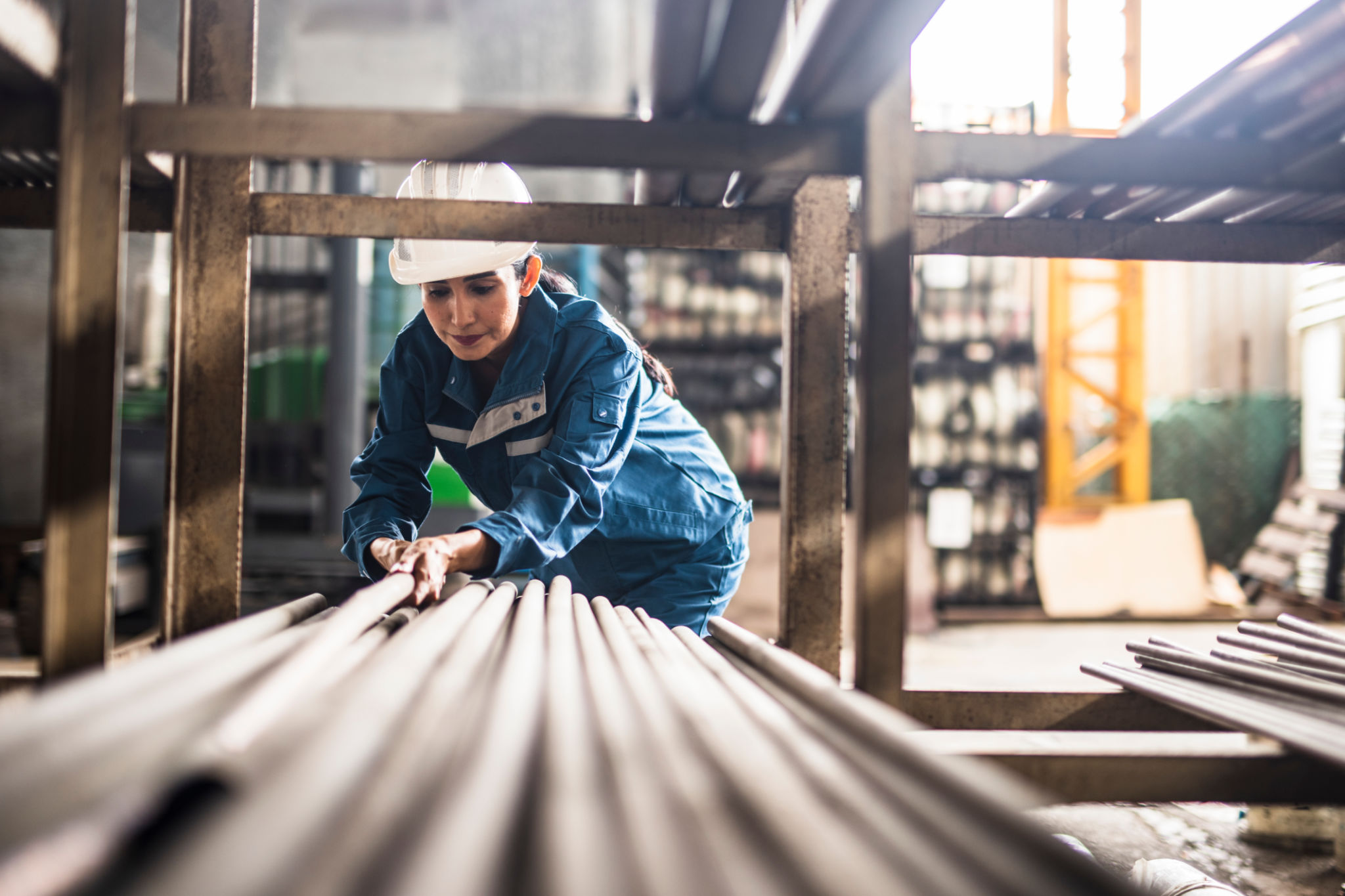Understanding the Metal Casting Process: A Comprehensive Guide
Introduction to Metal Casting
The metal casting process is a fascinating and intricate method of shaping metal into desired forms. It has been utilized for thousands of years and continues to be a fundamental technique in modern manufacturing. This guide aims to provide a comprehensive understanding of the metal casting process, from its basic principles to its complex techniques.

The Basics of Metal Casting
At its core, metal casting involves pouring molten metal into a mold, where it cools and solidifies into the shape of the mold cavity. This process can be used to create objects of various sizes and complexities, making it highly versatile. The key components of this process include the metal, the mold, and the method of pouring.
Types of Metals Used
Various metals can be used in casting, including iron, steel, aluminum, copper, and bronze. The choice of metal depends on the desired properties of the final product, such as strength, weight, resistance to corrosion, and appearance.

Molding Techniques
There are several molding techniques utilized in metal casting, each with its unique advantages. Some of the most common methods include:
- Sand Casting: Involves using a sand mold, which is inexpensive and versatile.
- Die Casting: Utilizes a reusable metal mold, ideal for high-volume production.
- Investment Casting: Also known as lost-wax casting, used for intricate and precise shapes.
- Centrifugal Casting: Utilized for cylindrical shapes and offers excellent mechanical properties.
The Importance of Mold Design
Mold design is crucial in determining the quality and accuracy of the final cast product. A well-designed mold ensures proper flow of the molten metal, minimizes defects, and facilitates easy removal of the finished product.

The Casting Process
The metal casting process comprises several key steps that must be carefully executed to ensure high-quality results. These steps include:
- Pattern Creation: A replica of the object to be cast is made to form the mold cavity.
- Mold Making: The mold is prepared using the pattern to create a cavity for the molten metal.
- Melting and Pouring: The chosen metal is heated until it becomes liquid and is then poured into the mold.
- Cooling and Solidification: The metal cools and solidifies within the mold cavity.
- Removal and Finishing: The solidified metal piece is removed from the mold and finished to meet specifications.
Quality Control in Metal Casting
Ensuring the quality of cast products involves rigorous testing and inspection processes. These can include non-destructive testing methods such as X-ray or ultrasonic testing to detect internal defects without damaging the product.
Applications of Metal Casting
Metal casting is essential in various industries due to its ability to produce complex shapes with precision. Its applications range from automotive parts and aerospace components to art sculptures and household items. The versatility of metal casting makes it a preferred choice for manufacturers seeking durable and reliable products.

Conclusion
Understanding the metal casting process is crucial for anyone involved in manufacturing or interested in the production of metal goods. With its rich history and continued relevance in modern industry, metal casting remains a vital technique that bridges the gap between concept and creation. By mastering this process, manufacturers can produce high-quality products that meet diverse needs and specifications.
